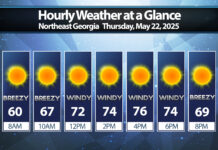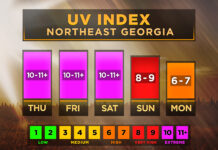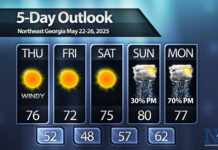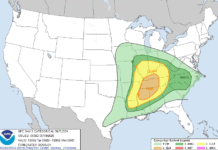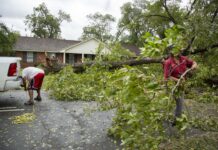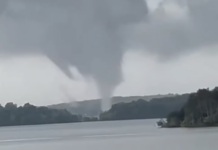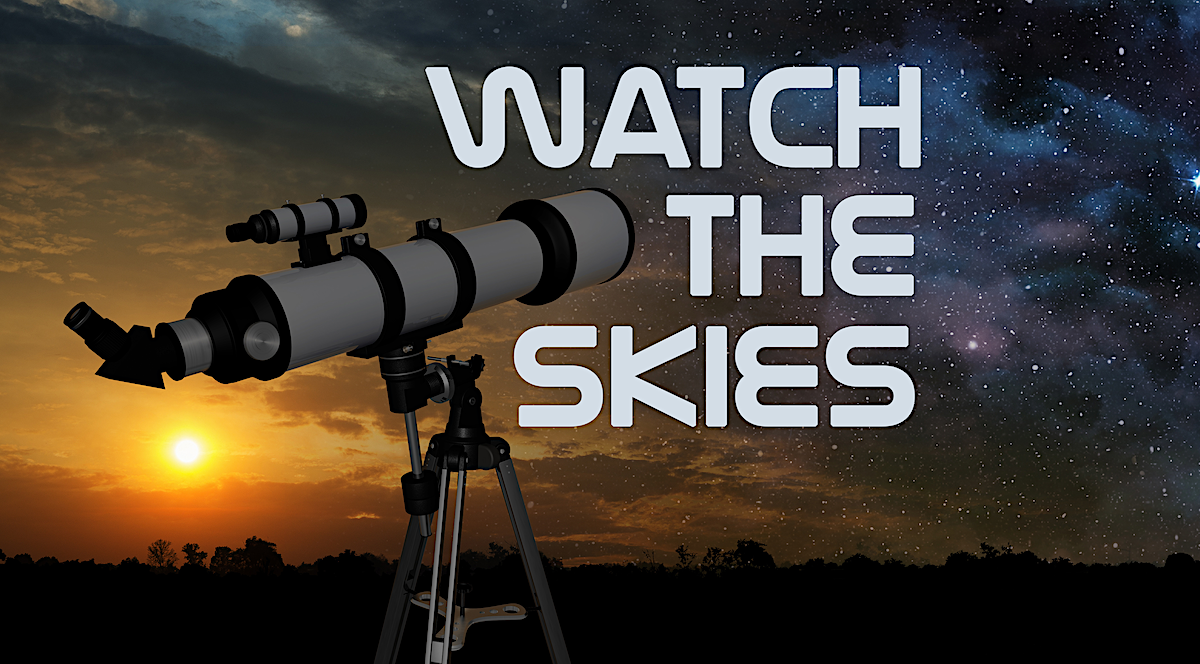
High in the sky later this week Santa Clause will make an appearance, but before that we have a fairly exciting week.
The next few nights are the last chance to try and see Comet Leonard. Thus far it has been nearly invisible to the naked eye but a pair of binoculars will bring it into easy view. I captured this photo back on Wednesday before the clouds moved in and while Leonard was very close to the horizon. It has now moved left significantly and lies left and well below Venus in the twilight sky. The comet itself is fairly bright, but since it lies against the bright twilight background its brightness is kind of lost. You can see Leonard as the brightest spot just above the trees right of center in this image.

Leonard will be moving a little lower each night the next few days and eventually disappear completely. Tonight will be the best chance and this image shows it’s approximate location after sunset tonight.
The Full Cold Moon rose on Saturday night and it will remain large in the sky for the first half of the week. This particular full moon was the opposite of a supermoon: a micromoon. The moon will be rising a little later each night leaving more and more time for evening stargazing every day!
The biggest event of this week will be the winter solstice. While this isn’t something to see specifically, it marks an important part of the Earth’s orbit. The Earth is tilted at 26.5 degrees as it orbits around the sun, and this is what causes our seasons. The winter solstice occurs on the day when the sun goes directly overhead at the Tropic of Capricorn. For the southern hemisphere, this means long days and warm temperatures and it is actually their summer solstice. Here in the northern hemisphere we see shorter days and cooler temperatures with 24 hours of darkness occurring at the largest area around the north pole. The solstice occurs at 10:58AM on Tuesday December 21, 2021 this year.

Interestingly, this is also when the Earth is closest to the sun. Earth’s Perihelion, it’s closest approach to the Sun, occurs around 2 weeks after the solstice. This year, the perihelion will occur on January 4th.
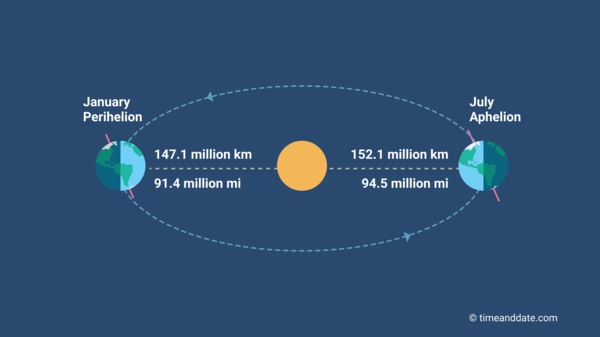
You’ve probably heard of meteorological winter which is a different idea entirely. Meteorological winter begins on the first of December since the year is divided up evenly into 4 quarters. These quarters are set up to more accurately reflect the temperature swings. For example, the coldest weather in the northern hemisphere usually occurs after the winter solstice, hence why most of meteorological winter falls mostly after the solstice (January and February).
Regardless of which “beginning” of winter you celebrate, this time of year heralds the beginning of the coldest weather and, hopefully, some snow.
Head out this week and take a peek at the waning moon and Comet Leonard and have an excellent Christmas!
P.S.- Keep an eye out for Santa!


